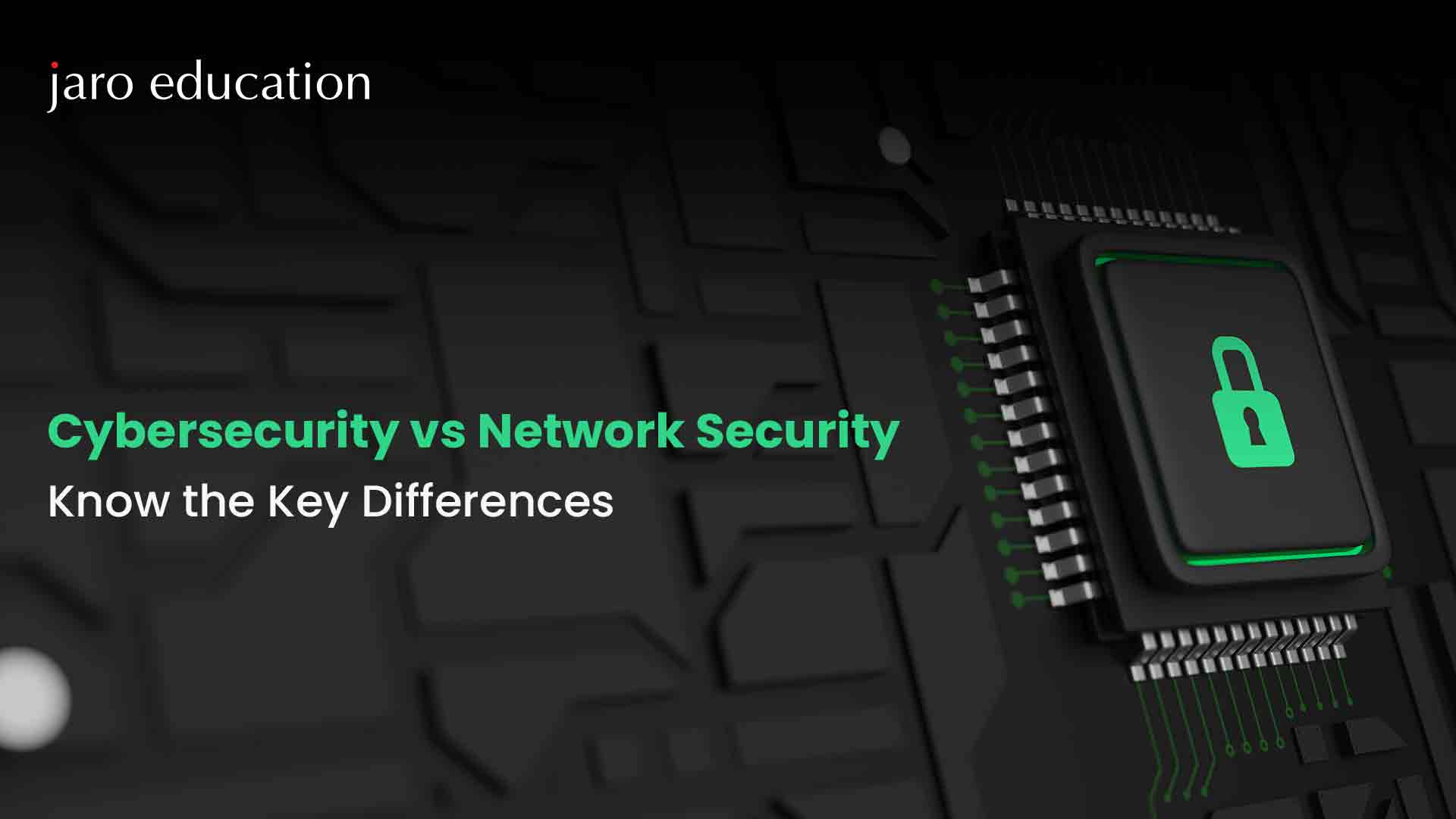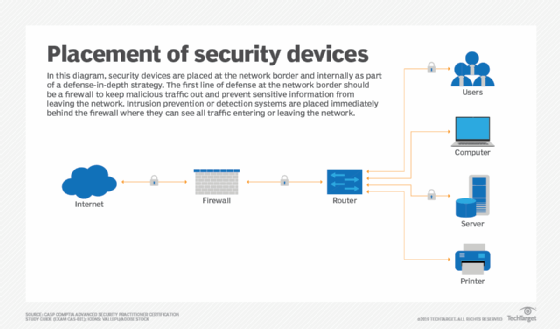The Vital Function of Information and Network Safety in Shielding Your Info
In an era where information violations and cyber threats are increasingly widespread, the importance of robust information and network security can not be overstated. Organizations must not only secure delicate details yet also make certain compliance with evolving regulative standards. The execution of reliable safety measures, such as security and accessibility controls, is critical to preserving trust fund and functional stability. However, the landscape of cyber threats is constantly moving, increasing inquiries concerning the adequacy of current techniques and what new strategies may be necessary to stay ahead of possible threats. What exists in advance in this complicated security environment?
Recognizing Data Protection
In today's digital landscape, a frustrating bulk of organizations come to grips with the intricacies of information safety and security. This critical element of infotech includes protecting sensitive information from unauthorized accessibility, corruption, or burglary throughout its lifecycle. Data security includes numerous techniques and modern technologies, including security, accessibility controls, and information masking, all intended at protecting details against violations and vulnerabilities.
A fundamental facet of information safety is the identification and category of data based on its sensitivity and value. This category assists companies prioritize their protection efforts, designating resources to secure one of the most vital details properly. Additionally, applying durable policies and procedures is crucial to make sure that employees understand their role in keeping information safety.
Regular audits and analyses aid in recognizing potential weak points within an organization's data protection framework. In addition, worker training is vital, as human mistake continues to be a substantial consider information breaches. By fostering a culture of security recognition, organizations can mitigate dangers related to insider threats and negligence.
Significance of Network Security
Network safety and security stands as a cornerstone of an organization's general cybersecurity method, with roughly 90% of services experiencing some type of cyber threat in the last few years. The relevance of network safety hinges on its ability to protect delicate information and maintain the honesty of service operations. By guarding network facilities, organizations can protect against unapproved access, information violations, and various other malicious tasks that might threaten their possessions and credibility.
Implementing durable network security determines not just aids in mitigating dangers yet additionally cultivates count on among customers and stakeholders. When consumers are ensured that their monetary and personal details is protected, they are more probable to engage with the company, resulting in boosted client loyalty and organization development.
Furthermore, a well-structured network safety and security framework facilitates conformity with different regulatory demands. Organizations needs to stick to market criteria and legal requireds worrying information defense, and efficient network safety and security techniques can guarantee conformity, thus avoiding potential fines.

Typical Cyber Hazards
Organizations need to continue to be alert against a selection of cyber risks that can threaten their network safety and security initiatives. Among one of the most common hazards is malware, which incorporates viruses, worms, and ransomware that can disrupt procedures, swipe data, or hold details captive. Phishing attacks, where harmful actors impersonate relied on entities to deceive individuals right into exposing sensitive information, continue to expand in class, making customer education vital.
An additional common danger is dispersed denial-of-service (DDoS) attacks, which overload systems with traffic, making them unavailable to genuine users. Expert hazards, whether intentional or unexpected, posture considerable threats as staff members may accidentally expose delicate data or intentionally exploit their access for harmful purposes.
Furthermore, susceptabilities in software application and equipment can be exploited by cybercriminals, highlighting the relevance of regular updates and patch administration. Social engineering methods further complicate the landscape, as enemies control people into disclosing confidential details with psychological control.
As these dangers advance, organizations must maintain a proactive technique to recognize, reduce, and respond properly to the ever-changing cyber danger landscape, safeguarding their important information and preserving depend on with stakeholders. fft pipeline protection.
Best Practices for Security
Executing durable safety measures is vital for securing delicate information and keeping operational honesty. Organizations must begin by carrying out extensive danger assessments to determine vulnerabilities within their systems. This positive strategy enables the prioritization of safety and security campaigns customized to the specific needs of the company.
Embracing strong password policies is vital; passwords must be complicated, frequently transformed, and managed utilizing protected password monitoring tools. Multi-factor verification (MFA) adds an added layer of security by calling for additional confirmation methods, therefore reducing the danger of unapproved More about the author accessibility.
Normal software program updates and spot administration are essential to safeguard versus understood susceptabilities. Carrying out firewalls and invasion detection systems can additionally shield networks from outside threats. Worker training is equally crucial; personnel ought to be enlightened on recognizing phishing efforts and recognizing the significance of information safety and security procedures.
Information security need to be used for delicate information, both at try this site rest and en route, to ensure that even if data is obstructed, it remains hard to reach (fft pipeline protection). Organizations need to establish and on a regular basis test case feedback intends to ensure swift action in the event of a safety and security violation. By sticking to these best methods, organizations can improve their safety stance and shield their vital data assets
Future Trends in Safety
The landscape of information and network safety and security is consistently progressing, driven by improvements in technology and the enhancing class of cyber risks. As companies increasingly adopt cloud computer and IoT devices, the paradigm of protection will certainly shift toward a zero-trust model. This technique highlights that no entity-- interior or exterior-- is naturally trusted, mandating verification at every gain access to point.
In addition, using man-made intelligence and machine learning in safety methods gets on the surge. These modern technologies allow anticipating analytics, permitting organizations to recognize vulnerabilities and prospective dangers prior to they can be exploited. Automation will likely play a pivotal function in enhancing safety responses, lowering the moment taken to reduce violations.
Additionally, governing frameworks will certainly proceed to tighten, requiring much more rigid compliance actions. Organizations should remain abreast of developing policies published here to guarantee they fulfill safety standards.

Verdict
Finally, the significance of data and network security can not be overemphasized in the modern electronic landscape. With the prevalence of cyber threats and the raising complexity of regulative demands, companies need to adopt detailed protection steps to secure sensitive info. By staying and carrying out reliable strategies notified regarding emerging patterns, services can enhance their resilience against prospective attacks, guaranteeing data honesty and fostering trust fund amongst stakeholders and customers. Prioritizing safety remains essential for operational continuity and long-term success.
In an era where data violations and cyber dangers are increasingly widespread, the value of durable data and network safety can not be overemphasized. Data protection includes numerous techniques and modern technologies, including security, access controls, and information masking, all aimed at securing information against breaches and susceptabilities.
An essential element of data safety is the identification and classification of information based on its level of sensitivity and importance.The landscape of data and network safety is consistently developing, driven by developments in innovation and the raising elegance of cyber hazards.In conclusion, the importance of information and network safety can not be overstated in the contemporary electronic landscape.